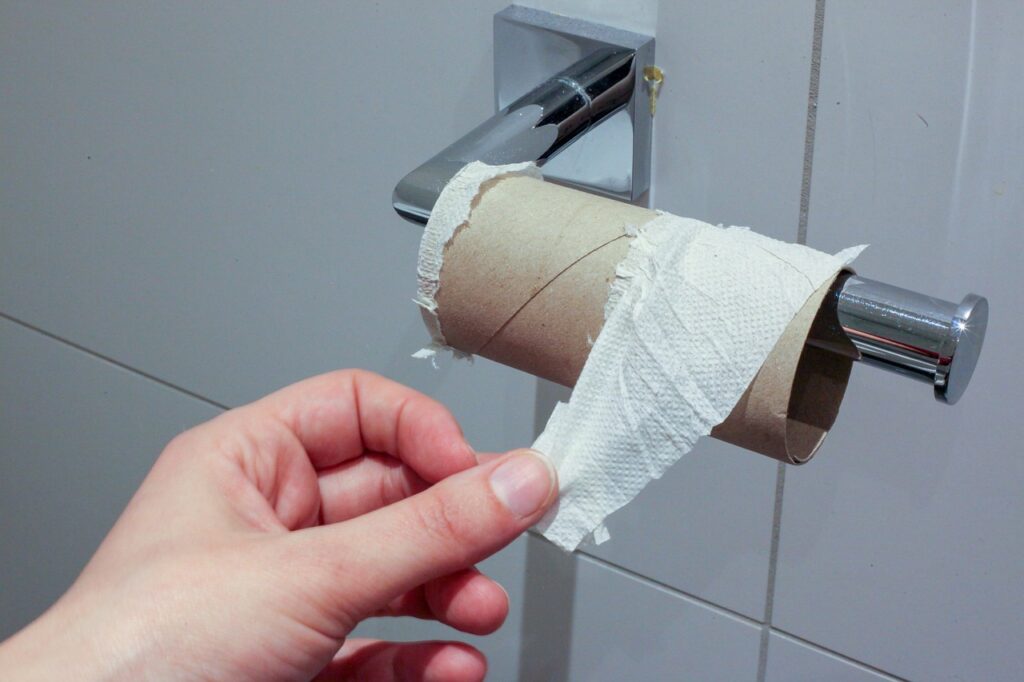Let’s set the scene: you’re in your bathroom, staring at a packet of wet wipes boldly labeled “flushable.” Seems harmless, even helpful—especially when cleanliness is non-negotiable. You toss one into the toilet, give the handle a satisfying push, and get on with your day. Except that wipe didn’t really go anywhere. Not properly, anyway.

What “Flushable” Really Means (Hint: Not Much)
The term flushable is wildly misleading. Unlike toilet paper, which is designed to disintegrate in water almost immediately, most wipes—yes, even those labeled flushable—remain intact for hours or even days. They don’t break down. Instead, they travel through your plumbing like little fabric grenades, snagging on bends and old pipes, joining forces with grease and debris. The result? Clogs. Blockages. Backups that would make even the bravest homeowner recoil.
Wipes vs. Your Pipes: A Battle You Won’t Win
Inside your walls, your pipes don’t care about branding or packaging claims. All they know is that something non-biodegradable is trying to pass through a narrow, winding tunnel system. In older homes, especially, those bends and dips are just waiting to catch a stubborn wipe and hold it hostage.
Over time, one wipe becomes a dam. Add in a bit of kitchen grease (yes, that too finds its way down), and suddenly, you’ve got a situation—a slow drain if you’re lucky. A full-on sewage backup if you’re not.
Why Your Toilet Doesn’t Tell the Full Story
The problem with “flushable” wipes is that they disappear from the bowl too easily. That flush gives a false sense of security. The water carries the wipe away from view, but not from your life. And unlike toilet paper, your plumbing doesn’t have a way to filter it out on its journey. It just clings, building a pipe monster behind the scenes.
That monster doesn’t rear its ugly head until you’re ankle-deep in dirty water, Googling emergency plumbers while trying not to panic.
What the Experts See (Hint: It’s Gross)
Ask any seasoned plumber, and they’ll tell you the same thing: wipes are one of the top culprits of pipe and sewer damage. Companies like harpersplumbing.ca report that a significant portion of emergency calls involve clogged systems caused by these so-called flushable products. The damage isn’t always cheap, either—especially if it impacts your main sewer line or backs sewage into your home.
The Alternatives That Won’t Wreck Your Plumbing
There’s no shame in wanting to feel extra clean. But there are better ways to do it. Consider:
Bidet attachments (many are affordable and easy to install)
Reusable cloth wipes (used with water and washed responsibly)
Wet wipes disposed of in the trash (yes, really—just seal them up)
The Bottom Line: Your Pipes, Your Rules
At the end of the day, your plumbing is yours to protect. The truth about flushable wipes isn’t that they’re evil—it’s that they’re misunderstood. They might pass the bowl test, but they fail the pipe test. So the next time you see that word flushable, ask yourself: is it really worth the risk?
